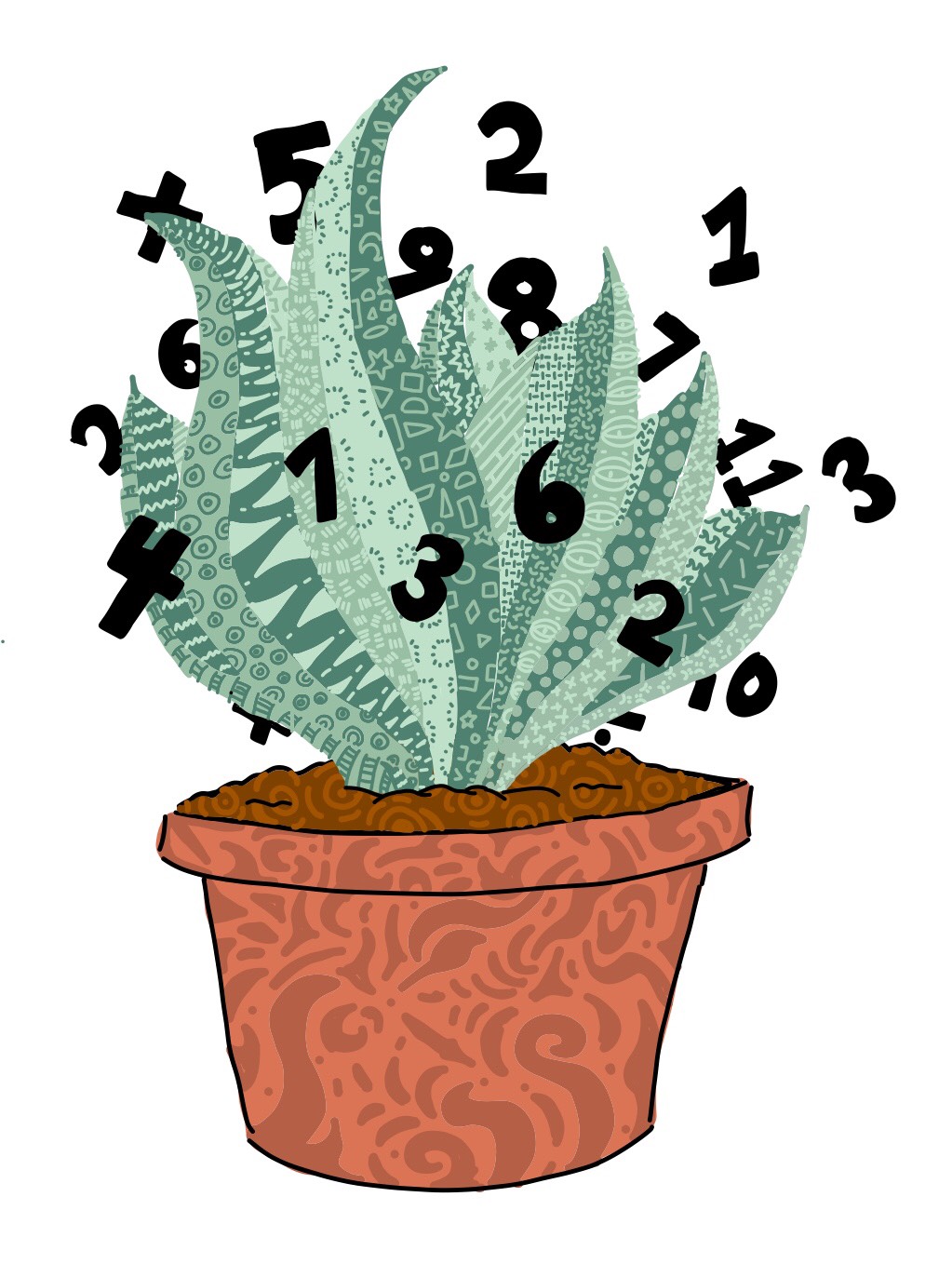Climate change is altering seasonality as we know it; the average American winter has shrunk by more than one month over the last century. While this has received plenty of attention as a positive phenomenon for sun-starved North Americans, the impact that shorter winter seasons and changing photoperiods—the interval in 24 hours during which a plant or animal is exposed to light—have on the blooming and fruiting of plants has received little attention from scientists.
Skeptics have raised the question of whether differences in the timing of these events are a response to climate change, but winters that have progressively higher average temperatures have also correlated with prematurely blooming plants.
Data on these events is typically measured via surveys, which document the occurrence of early blooming events. However, they fail to indicate exactly when these events happen, limiting understanding of the scale of variation in timing caused by climate change.
A collaborative effort between researchers from McGill and Utah State University has uncovered a solution to the problem. On Nov. 6, the team published a study on a new statistical indicator that measures the effect of climate change on plants by extracting meaningful data on early blooms—taking into account when the plant first leafs-out, flowers, or sets fruit.
Research interests of McGill Associate Professor in the Department of Biology Jonathan Davies, a co-author of the study, range from the biogeography of disease, to plant responses to climate change. His previous work has demonstrated that warming experiments underestimate the extent to which plants are affected by climate change, and that significant differences exist between the observational data and experimental data of these experiments.
The lead author of the paper, William Pearse, assistant professor in the Department of Biology at Utah State University, commented on the current limitations of warming studies.
“Plant phenology, [or the study of periodic biological phenomena that are correlated with climatic conditions], provides a powerful symbol of how climate change is impacting our environment, and these changes can be observed both in nature and in the crops we plant and grow to feed ourselves,” Davies said in an interview with The McGill News Room on Nov. 6. “Because we have short memories, it is difficult, however, to determine whether the changes we observe today are unusual or if they simply represent natural variation from year-to-year.”
In an email to The McGill Tribune, Pearse elaborated on the difficulties involved in studying plant phrenology in a lab setting.
“Measuring is time-consuming,” Pearse wrote. “To be absolutely certain that you knew when a flower first opened, you’d have to return to it each day, maybe even more frequently, and record whether it was open or not.”
The new statistic estimator obtains meaningful data on phenological change by comparing past and present blooming times.
“Previously, it was difficult to measure phenology because it required so much intensive survey work,” Pearse explained. “Our metric […] makes it easier to collect even more data on phenology.”
Davies highlighted that big data collected by naturalists and herbaria—collections of dried and preserved specimens—are both important data resources for studying the effect of climate change on plants.
“These dusty specimens can provide new insights into how human activities have altered today’s climate, by contrasting the time a flower bloomed in the past, to observation in the present day,” Davies said.
Studies have shown that increases in variation are characteristics of natural systems approaching a state of change, or environmental limit. For Pearse, annual variations in blooming are important to study because flowering plants may have a limit.
“Flowers can’t just keep flowering earlier and earlier as the world warms under climate change,” Pearse said. “This increase in variation could be indicative of flowers approaching that limit. Of course, we need more studies to look into this.”








